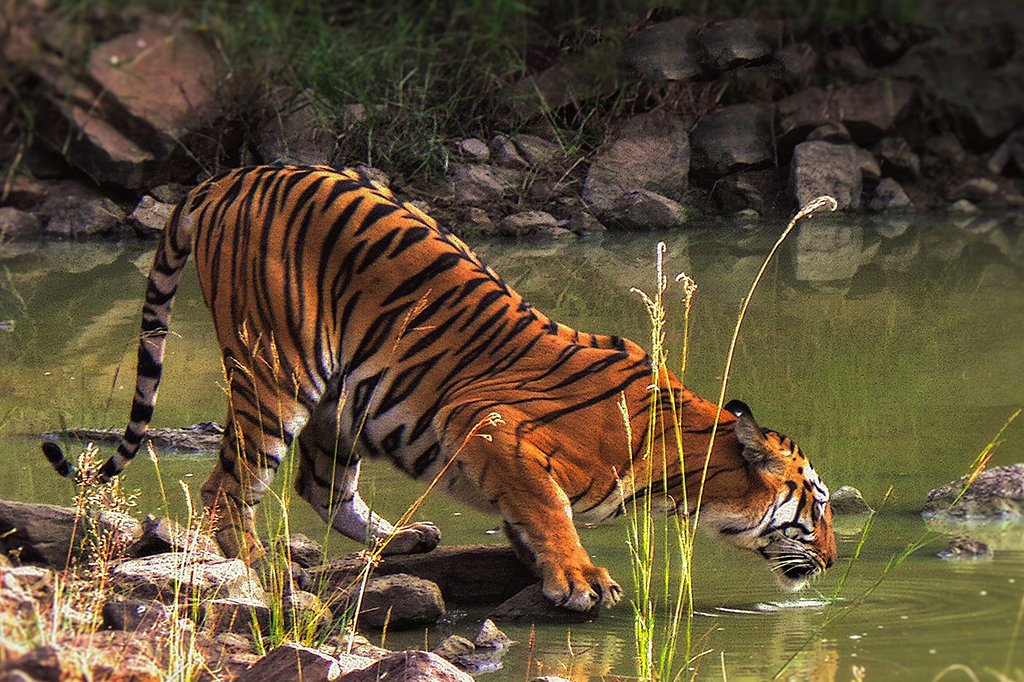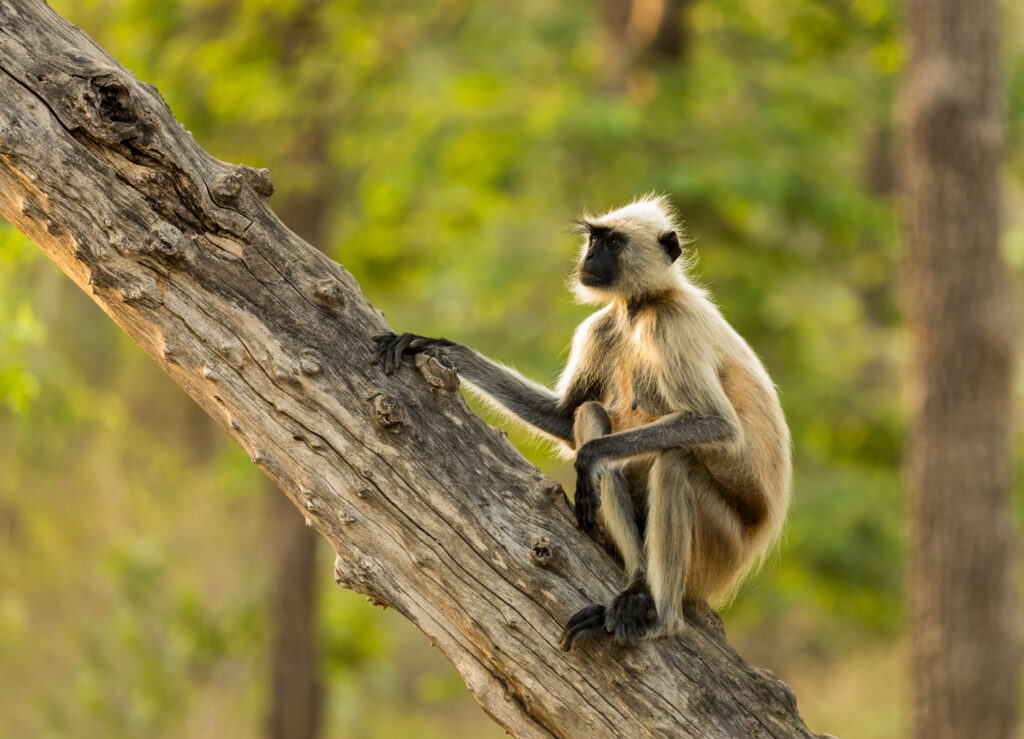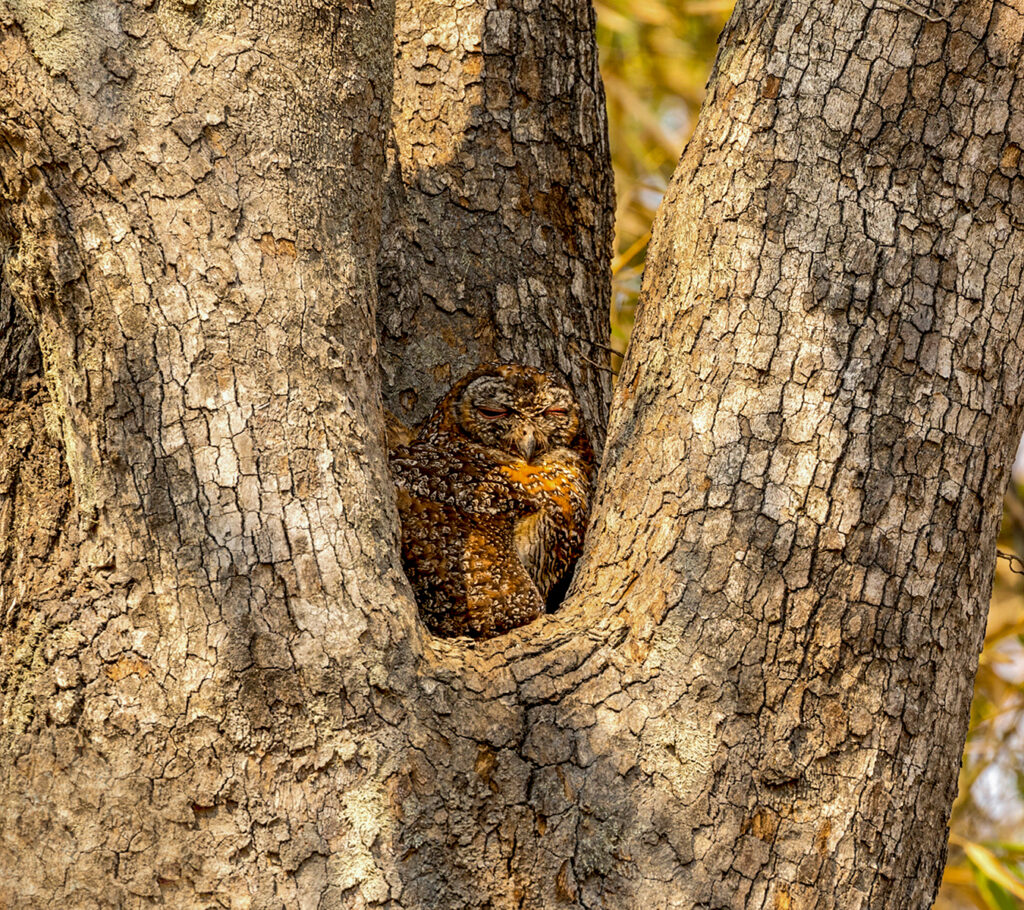
- INTRODUCTION
- 1. ARE WILDLIFE SAFARIS IN INDIA SAFE?
- 2. BEST NATIONAL PARKS IN INDIA?
- 3. BEST TIME TO GO ON A WILDLIFE SAFARI IN INDIA?
- 4. TIMINGS OF A WILDLIFE SAFARI IN INDIA?
- 5. HOW TO BOOK A WILDLIFE SAFARI IN INDIA?
- 6. HOW MANY WILDLIFE SAFARIS ARE NEEDED TO SPOT A TIGER?
- 7. WHAT ANIMALS CAN I EXPECT TO SPOT ON A WILDLIFE SAFARI IN INDIA?
- 8. WHAT IS THE DIFFERENCE BETWEEN CORE ZONE AND BUFFER ZONE?
- 9. WHAT CLOTHES SHOULD I WEAR WHILE ON A WILDLIFE SAFARI IN INDIA?
- 10. WHAT CAMERA EQUIPMENT SHOULD I CARRY?
- CONCLUSION
- CHECK OUT OUR UPCOMING TOURS
INTRODUCTION
Hey nature lover! Dreaming of your first big cat sighting? Looking for a weekend getaway from the hustle bustle of city life? Is a wildlife safari just the thing on your mind? We figured you may have some questions and we are here to help you ease your way to the forests. So, let’s go!
Wildlife safaris in India have become one of the most thrilling vacation activities or popular weekend escapades in recent times. The growing number of majestic big cats, thus greater sighting opportunities, the meticulously planned itineraries and the well managed resorts and lodges promise a memorable trip of peaceful rejuvenation.
Here are some of the most frequently asked questions about wildlife safaris in India and their answers in nutshells.
1. ARE WILDLIFE SAFARIS IN INDIA SAFE?
With more and more trained naturalists and stricter rules and regulations, a wildlife safari in India is not only an enjoyable activity, but is safer than ever before. Follow the instructions of your naturalist / guide / tour operator and you will be fine!
2. BEST NATIONAL PARKS IN INDIA?
This answer is totally subjective and it is hard to pick one over the other. Despite it, if we had to pick our favourites, we’d pick Kabini in South India, Kanha in Central India and Jim Corbett in North India. If you are planning a wildlife trip and are conflicted about which park to visit, please feel free to contact us and we will happily assist you.
3. BEST TIME TO GO ON A WILDLIFE SAFARI IN INDIA?
Wildlife safaris in India occur year round, although the main season is between October and June in most national parks and tiger reserves. The core zones remain closed during the monsoon months i.e. July to September, while the buffer zones remain open to tourists.
Broadly speaking, the best time to go on a wildlife safari is between October and April. Our suggestion is to plan your wildlife safari depending on the purpose of your travel and the species you hope to see.
If you love tigers, March to May would be the best time to spot them. If you love migratory birds, November to January would be ideal. As a photographer, you may enjoy visiting the jungles in October and November, right after the monsoons when everything is lush and fresh.
Follow us on social media to know more about animal behaviour, sightings, and wildlife photography.
4. TIMINGS OF A WILDLIFE SAFARI IN INDIA?
Most national parks in India offer 2 wildlife safaris in the day. The morning safari is usually between 5-11 A.M. (depending on the national park and the time of year you travel). The afternoon safari is between 2-7 P.M.
The better-known national parks such as Ranthambore, Bandhavgarh and Kanha offer full day safaris which operate from 6 A.M. and 6 P.M. Additionally, some of these parks and others also offer night safaris.
5. HOW TO BOOK A WILDLIFE SAFARI IN INDIA?
There are two ways to book wildlife safaris in India. Usually, most resorts and tour operators offer packages which include stay, food and safaris. So, all you need to do is to give them your travel dates and they will book the safaris as per your schedule.
The second option is to book the safari online yourself. For example, if you want to book a safari in Tadoba, you can click on this link that will take you to their website. Likewise, each forest has its own website.
Lastly, you can hop onto a pre-planned meticulously designed itinerary that suits your needs. You can check out some of our upcoming tours here.
6. HOW MANY WILDLIFE SAFARIS ARE NEEDED TO SPOT A TIGER?
Legend says, in the jungle you might not see a tiger, but the tiger is always watching you. But, there is never a guarantee of a tiger sighting and the element of luck is always involved. However, the growing tiger numbers have made sightings more frequent. We would suggest a minimum of 4 safaris to boost your chances of a tiger sighting.
Some people get multiple tiger sightings worth a lifetime on their very first safari, while it takes others ages to spot their first tiger. It took ace wildlife photographer Sudhir Shivaram 10 years to get his first tryst with a tiger in the wild! Test your luck!
7. WHAT ANIMALS CAN I EXPECT TO SPOT ON A WILDLIFE SAFARI IN INDIA?
Usually, the charismatic tigers and elusive leopards are on top of most people’s lists and any sighting should be considered extremely lucky and precious. Moreover, depending on the forest you visit, you can spot elephants, rhinoceros, sloth bears, wild dogs, jackals, wolves, civets, otters among other usual suspects like the spotted deer, sambar deer, nilgai, wild boars and langurs.

Some birds that you would most often also encounter are rufous treepies, jungle fowls, jungle babblers, bee-eaters, Indian rollers, woodpeckers, peafowls and kingfishers among several others. You can also bump into some raptors such as the crested serpent eagle, changeable hawk eagle, white-rumped vulture, oriental honey buzzard, mottled-wood owl, spotted owlet and many more.

8. WHAT IS THE DIFFERENCE BETWEEN CORE ZONE AND BUFFER ZONE?
Tourists are allowed to explore about 10-20% of a national park. Most forests divide the tourism zones into core zones and buffer zones. While core zones are forested areas where wildlife and natural resources are strongly protected by the forest department and no human activity is permitted, buffer zones are areas adjoining or surrounding the core area, where wildlife and nature is conserved, but coexists with small human hamlets with limited activity.
9. WHAT CLOTHES SHOULD I WEAR WHILE ON A WILDLIFE SAFARI IN INDIA?
You can pick your clothes according to the season in which you visit the jungles. We recommend something that covers your legs to avoid insect bites. Avoid fluorescent clothes and try to blend in with the forest scenery.
In the summer months, you can wear anything you are comfortable in to battle the scorching heat. If you are allergic to dust, do not forget to cover your nose! It can get chilly during winter, especially before sunrise and after sunset so ensure you carry enough warm clothes and something to cover your ears. The rest is really your choice.
10. WHAT CAMERA EQUIPMENT SHOULD I CARRY?
Broadly speaking, an entry level DSLR camera body with a telephoto zoom lens of at least 200 mm should suffice for large mammals as you can sometimes spot them just 15 metres away! If you are interested in bird photography, a greater zoom length (400 mm and above) is necessary. Depending on your budget and the animal you wish to photograph, we leave the choice up to you!
However, if you need more help, keep an eye out for our blogs where we will share our top recommendations of camera lenses for a wildlife safari. Tip – Do carry an extra battery and SD card. Also, a cleaning kit to wipe the dust off your lens and camera body is extremely important!
CONCLUSION
Here are a few last-minute tips! Do not forget to carry a first aid kit in case of any emergencies. Stay as alert and calm as possible during the safari and keep your phones on airplane mode. Also, please do not litter and do not feed the animals. Have a great time!
We hope this blog helped answer your questions and you are psyched about your upcoming wildlife safari! We would love to be the ones to show you your first or next tiger!